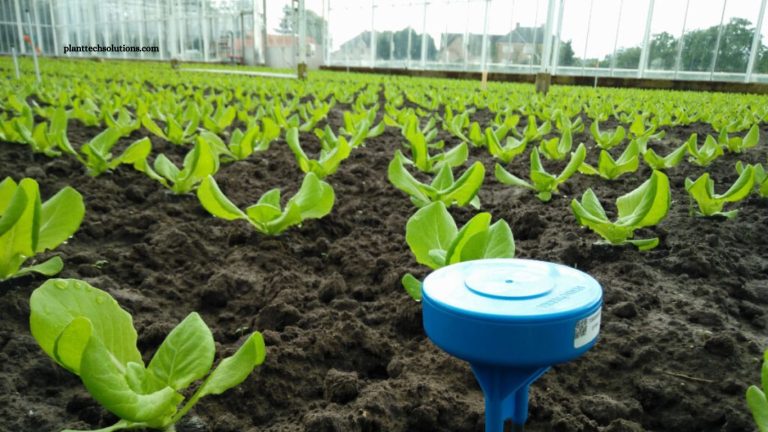Sensoterra has partnered with the University of California, Davis (UC Davis) on a groundbreaking study to enhance the performance of its soil moisture sensors. Conducted in the laboratory, the research evaluated key factors affecting sensor accuracy, including salinity effects, sensor-to-sensor variability, and temperature dependency. As part of the study, three new calibration curves for American soils—Oso Flaco sand, Columbia loam, and Yolo clay loam were added to the Sensoterra app, improving precision for diverse agricultural conditions.
This collaboration demonstrates Sensoterra’s commitment to scientific rigor and innovative solutions for smarter water management. The results of this exceptional partnership were published in a scientific paper available to the public: “Assessing Effects of Salinity on the Performance of a Low-Cost Wireless Soil Water Sensor,” accessible via MDPI, marking a significant step forward in soil moisture monitoring technology.
Read More: Biodegradable Sensors: Transforming Precision Farming
Project Goals and Methodology
Sensoterra partnered with the University of California, Davis, for a one-year research project conducted in the Department of Land, Air, and Water Resources. The main goal was to develop new calibration curves for three common U.S. agricultural soils—Oso Flaco sand, Columbia loam, and Yolo clay loam—while evaluating sensor sensitivity to salinity (EC), temperature, and sensor-to-sensor variability.
To provide customers with realistic expectations in the field, the study considered variations in soil type, salinity, irrigation, pesticide application, and environmental factors such as temperature, rainfall, sunlight, and erosion.
Laboratory preparations involved crushing, sieving, and drying soils, which were then packed into uniform containers at consistent bulk density. Twelve sensors were tested per soil type, including glass beads for preliminary testing. Soil samples had water content ranges of 0.1–0.45 m³/m³ and EC levels from 0.5 to 4 dS/m.
Results and Discussion
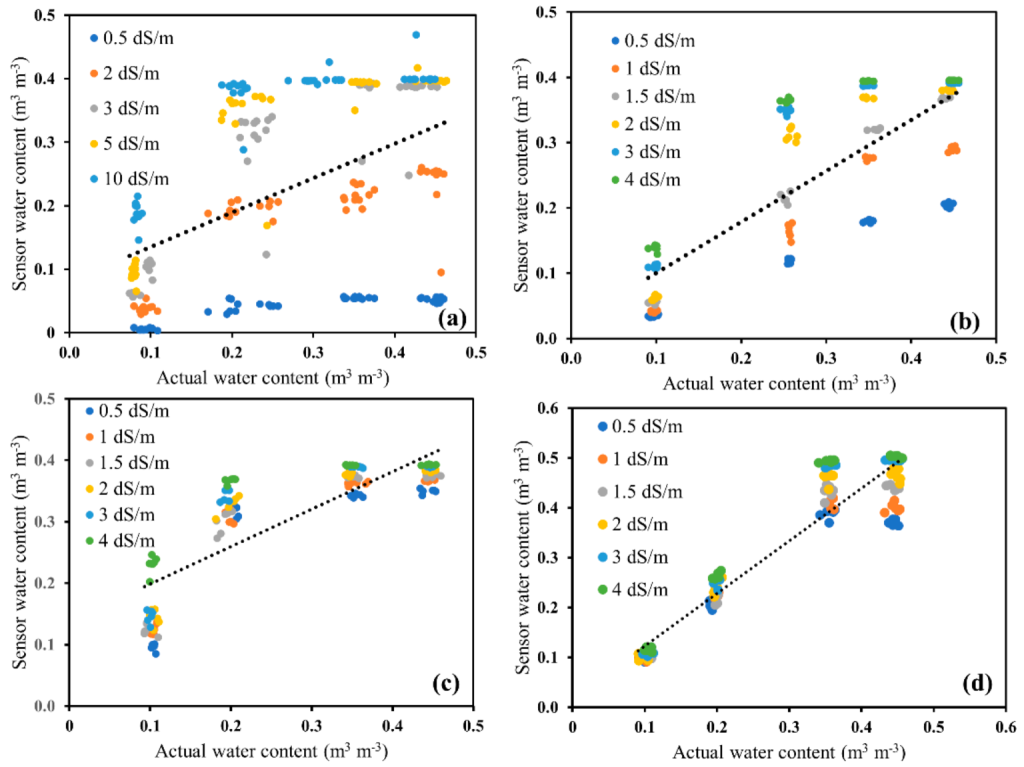
The precision of Sensoterra soil moisture sensors was evaluated by comparing measured values with actual water content across different soil types and solution salinity (ECw).
Key Findings:
- Salinity effects: Most pronounced in sandy soils, less in loamy soils, and minimal in clay loam.
- Glass beads: Showed the highest measurement variation, stabilizing around 1 dS/m EC. The variation is attributed to the lack of a calibration curve, as glass beads are primarily for testing and not used in the field.
- Sandy soils: Highest measurement accuracy at ~1 dS/m EC and in drier soil conditions.
- Loamy soils: Most accurate in wetter soils, largely unaffected by ECw variations (0.5–4 dS/m).
- Clay loam soils: Most accurate in drier ranges, with minimal salinity impact.
Overall, salinity effects decrease from sand → loam → clay loam, demonstrating soil-type-dependent sensor performance.
Effect of Soil Type and Solution Electrical Conductivity on Sensor Performance
Salinity, measured as electrical conductivity (EC), reflects a soil’s ability to conduct electrical current—the higher the salt content, the higher the EC. Sensoterra sensors were tested across solution salinity levels (ECw) of 0.5, 1.0, 1.5, 2.0, 3.0, and 4.0 dS/m to evaluate performance across different soil textures.
Key Findings:
- Optimal range: Sensors perform best at low to medium salinity levels (0.5–2 dS/m).
- Soil texture effects: Clay loams and loamy soils are minimally affected by salinity, with clay loam showing the least sensitivity.
- Sandy soils: Oso Flaco sand and glass beads exhibit the highest sensitivity to salinity changes, especially at higher ECw (3–4 dS/m). The variation in glass beads is amplified due to the lack of a calibration curve, as it is used solely for testing purposes.
- Moisture interaction: Sensor sensitivity to salinity increases in wetter soils, particularly under high salinity conditions.
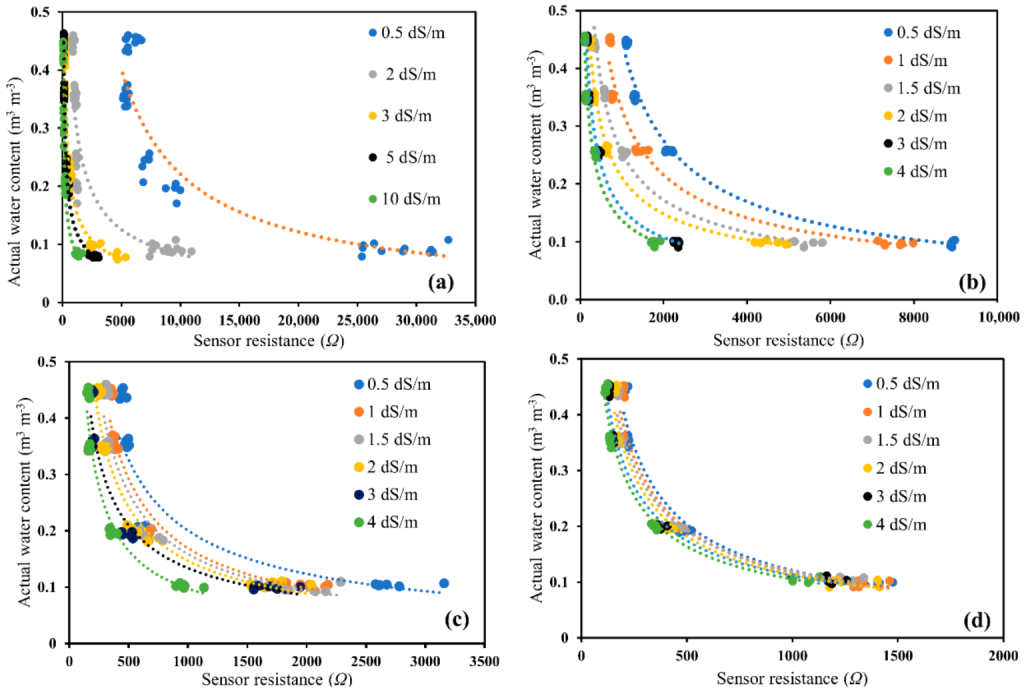
These results highlight that salinity effects on sensor readings are highly soil-type dependent, emphasizing the importance of calibration for accurate field measurements.
Effect of Temperature on Sensor Performance
Sensoterra sensors operate within a temperature range of −20 °C to +60 °C. Sensor resistance is inversely proportional to temperature, meaning abrupt temperature changes can directly affect moisture readings.
Key Findings:
- Temperature-resistance relationship: Higher temperatures reduce sensor resistance, causing readings to appear wetter than actual soil moisture; lower temperatures increase resistance, producing drier readings.
- Soil moisture dependency: Temperature effects are more pronounced in drier soils compared to wetter soils.
- Salinity interactions: Soil and solution electrical conductivity (EC) is temperature-dependent, increasing by approximately 2% per °C, indirectly influencing sensor readings.
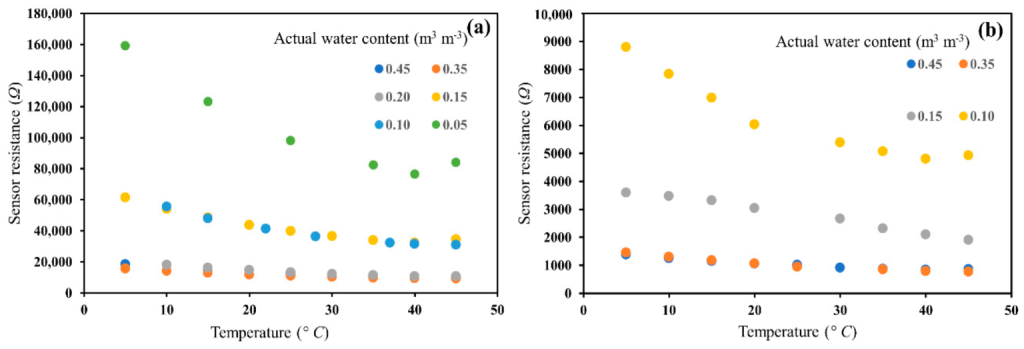
Overall, while Sensoterra sensors are robust across a wide temperature range, extreme or rapid temperature fluctuations especially in drier soilscan lead to slight deviations in measured soil moisture, emphasizing the importance of temperature-aware calibration for accurate field monitoring.
Salinity Distribution Across the U.S.
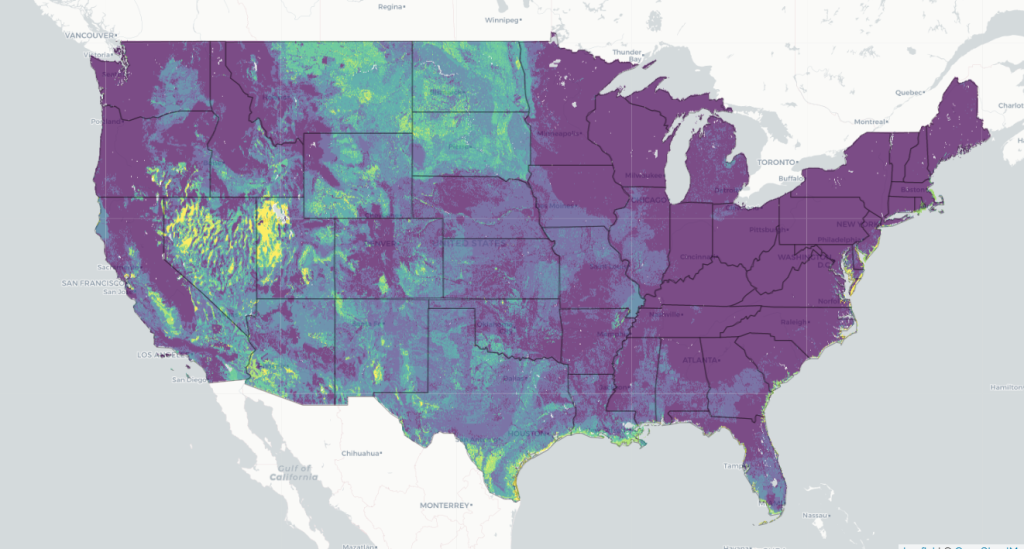
The map illustrates soil salinity levels across the United States, with strongly saline soils concentrated in select areas of California, Nevada, and Utah, while most regions exhibit very low to negligible salinity. Sensoterra sensors are compatible with the full range of soil salinities, performing optimally at 0.5–2 dS/m—well-suited for the majority of U.S. agricultural lands.
In comparison, soils in the Netherlands typically have lower salinity, ranging from 0.5 to 1.5 dS/m. Within this range, Sensoterra sensors operate effectively, providing reliable moisture measurements under common local conditions.
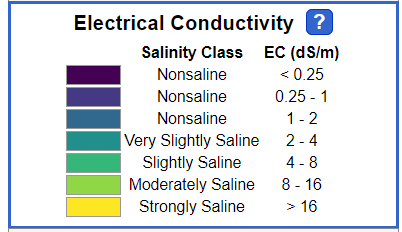
This demonstrates that Sensoterra sensors are versatile and accurate across varying soil salinity conditions, both in the U.S. and internationally.
About the University of California, Davis
The University of California, Davis (UC Davis) Soil Resource Laboratory, in collaboration with the Department of Land, Air, and Water Resources, is one of the world’s leading soil science research institutes. Over the years, UC Davis has published numerous scientific papers with universities and industry partners, including projects like SoilWeb, which maps soil survey data across the U.S. via Google Maps.
About Sensoterra
Sensoterra is a global leader in wireless soil moisture sensing. Its robust, low-cost sensors are easy to install and use, with LoRaWAN connectivity enabling operation from urban areas to remote agricultural fields. Sensoterra continuously invests in collaborations with scientific and industry partners to enhance sensor efficiency and improve the customer experience. Applications include agriculture, horticulture, smart cities, landscaping, and environmental monitoring.
Glossary of Terms
- Electrical Conductivity (EC): Measures a soil’s ability to conduct electrical current; indicates salt content.
- ECe: Soil salinity.
- ECw: Irrigation water salinity.
- Resistance: Sensor output in Ohms (Ω); the raw data used to calculate volumetric water content. Lower resistance indicates wetter soil, higher resistance indicates drier soil.
Mission Statement
Sensoterra develops simple, robust, wireless soil moisture sensors designed for seamless integration via an API-first approach. By providing actionable insights, Sensoterra enables smarter water management across precision agriculture, smart city landscaping, and environmental monitoring—helping organizations “Make Sense of Water.”
Frequently Asked Questions (FAQs)
What was the purpose of the Sensoterra and UC Davis collaboration?
The collaboration aimed to improve the accuracy of Sensoterra soil moisture sensors by testing their performance under varying soil types, salinity levels, and temperatures, and developing new calibration curves for U.S. agricultural soils.
Which soils were tested in the study?
Three common U.S. agricultural soils were tested: Oso Flaco sand, Columbia loam, and Yolo clay loam. Glass beads were also used for testing purposes but are not found in natural soils.
How does salinity affect sensor readings?
Sensor sensitivity to salinity depends on soil type. Sandy soils are most affected, while clay loam is least sensitive. Sensors perform optimally at salinity levels of 0.5–2 dS/m.
How does temperature influence sensor performance?
Higher temperatures lower sensor resistance, making readings appear wetter, while lower temperatures increase resistance, making readings appear drier. Temperature effects are more pronounced in drier soils.
What are the operational conditions for Sensoterra sensors?
Sensors work reliably between −20 °C and +60 °C and across a wide range of soil salinities.
Where can I access the research results?
The study’s findings are publicly available in the paper: “Assessing Effects of Salinity on the Performance of a Low-Cost Wireless Soil Water Sensor” published on MDPI.
What applications are Sensoterra sensors suitable for?
They are ideal for precision agriculture, horticulture, smart city landscaping, and environmental monitoring, providing actionable insights for efficient water management.
Conclusion
The collaboration between Sensoterra and the University of California, Davis has significantly advanced the understanding and performance of wireless soil moisture sensors. Through rigorous laboratory testing, the study evaluated the effects of soil type, salinity, and temperature on sensor accuracy, leading to the development of new calibration curves for common U.S. agricultural soils.
Results demonstrate that sensor performance is soil-type dependent: sandy soils are more sensitive to salinity and moisture variations, while clay loams and loamy soils maintain stable readings across a wide range of conditions.

